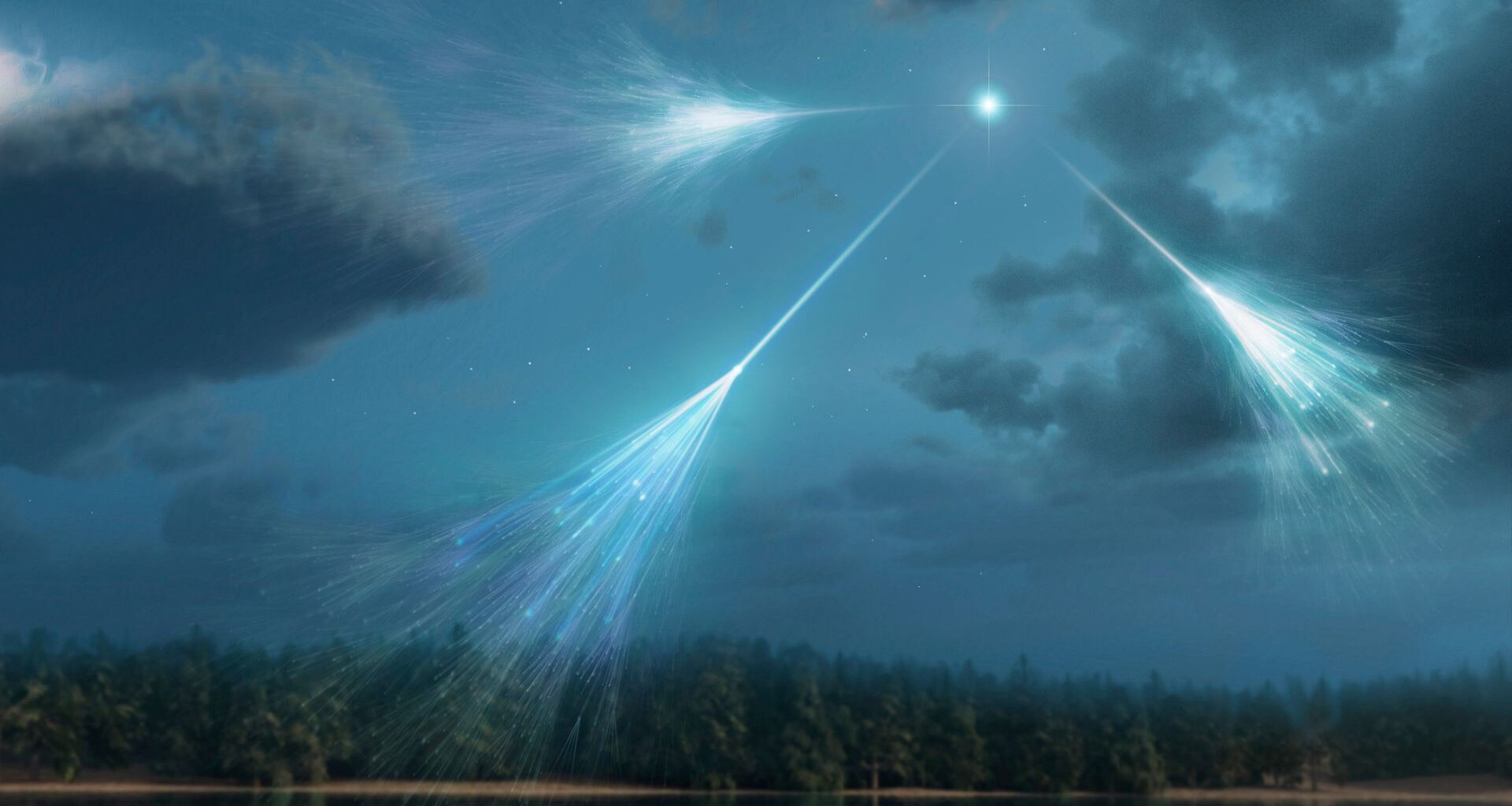Chinese scientists have made a major step in the hunt for elusive subatomic particles called neutrinos.
Researchers from Shanghai Jiao Tong University’s Tsung-Dao Lee Institute conducted the sea trial of a device dubbed the Subsea Precision Instrument Deployer with Elastic Releasing (Spider).
The full-scale test of the Spider deployment device was a success after eight design versions and multiple trials.
The South China Morning Post (SCMP) reported that this instrument is vital for building a massive underwater telescope to look for neutrinos.
Although the test location was not disclosed.
Successful sea trial
Nearly massless and electrically neutral, neutrinos are born in violent events like nuclear reactions inside stars.
Billions of neutrinos stream through your body every second, and through the entire Earth, without leaving a trace or being noticed.
To detect these elusive particles, scientists are working to build enormous instruments (neutrino observatories) in the quietest environments possible, such as deep underwater or buried in ice.
The study of neutrinos is incredibly important for both particle physics and astrophysics. These ghost-like particles are key to unlocking some of the deepest mysteries of the universe.
This successful test is a key step toward building China’s planned Hailing Tropical Deep-sea Neutrino Telescope (Trident) in the South China Sea.
Neutrino observatories, like Trident, are important for capturing these subatomic particles to help reveal the origins of cosmic rays and other celestial phenomena.
For the full-scale trial, the Spider descended and held its position just above the ocean floor.
It then smoothly rotated for 10 minutes, uncoiling a 700-meter (2,300-foot) string of 20 sensors and four buoyancy blocks.
The sensor balls were placed at a depth of about 1,700 meters (5,577 feet).
These sensors were precisely angled to prepare for the construction of a large neutrino observatory in the deep South China Sea. This exact positioning is necessary to capture neutrinos originating from cosmic or atmospheric reactions.
Full-size observatory
The successful testing of this system will pave the way for building the full observatory.
The Trident telescope will use its enormous size to catch these rare collisions. It will sit about 3,500 meters (11,480 feet) below the surface.
This calm, dark environment is needed to detect the faint light signals.
The deep-sea location is also free from sunlight, surface vibration, and natural radiation. All these properties make it ideal for detecting the rare collisions of elusive neutrinos.
“The deep-sea neutrino detection arrays offer significant advantages compared with the land-based neutrino detectors, including almost unlimited vast detection volumes and superior shielding conditions,” a study noted.
Several massive observatories have been built worldwide to detect neutrinos.
IceCube at the South Pole is the most famous, which uses 5,000 sensors frozen within a cubic kilometer of ice.
Another major observatory is Russia’s Baikal-GVD, the first large neutrino telescope placed in natural water, anchored beneath the ice of Lake Baikal in Siberia.
Moreover, China is also working on the High-energy Underwater Neutrino Telescope (Hunt), led by the Institute of High Energy Physics. This observatory will also be built in the South China Sea.
It is expected to have a detection volume of about 30 cubic kilometers, making Hunt the largest neutrino telescope ever built.

